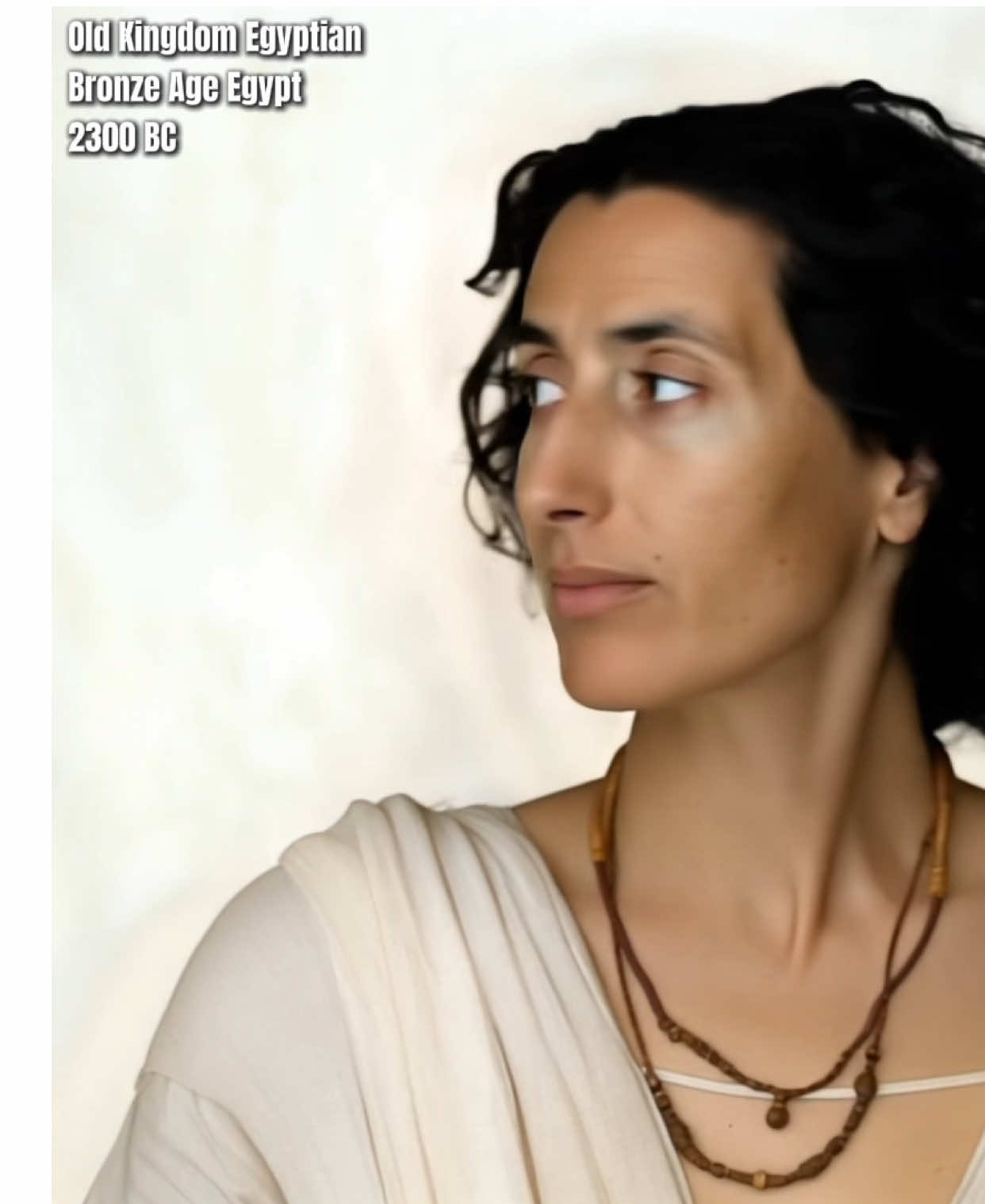💫✨🦋Earth Angel🦋✨💫
Region: US
Friday 03 October 2025 14:24:17 GMT
476
41
3
1
Music
Download
Comments
whatthfck88 :
Ain’t going to know what hit them
2025-10-09 17:52:38
0
To see more videos from user @earthangelnicole111, please go to the Tikwm
homepage.





